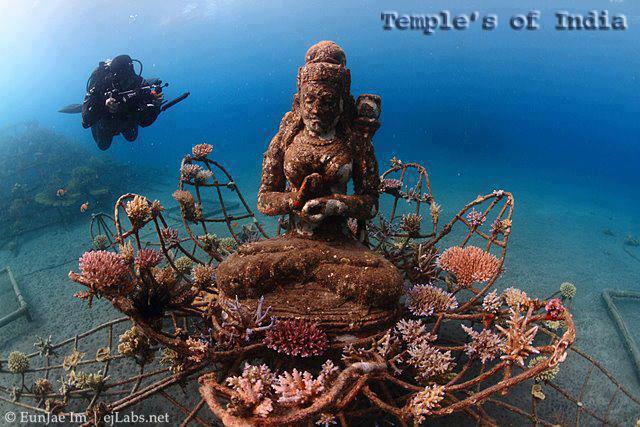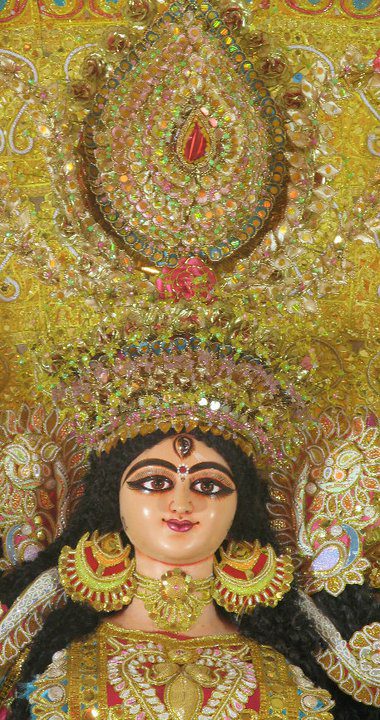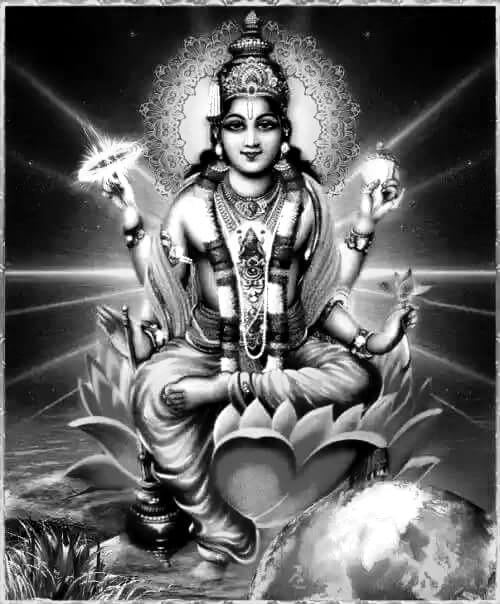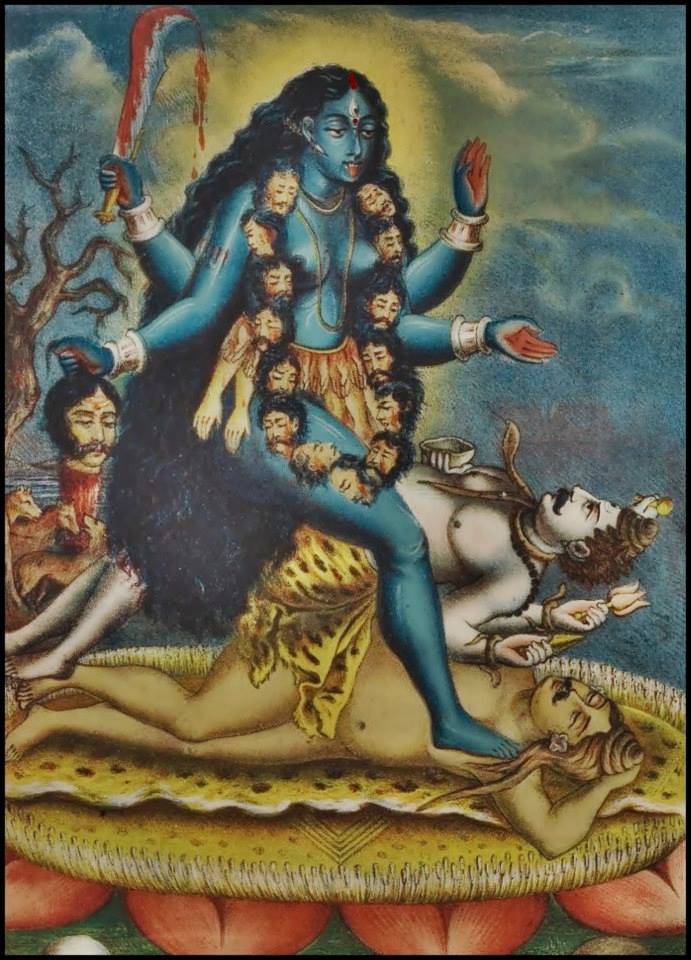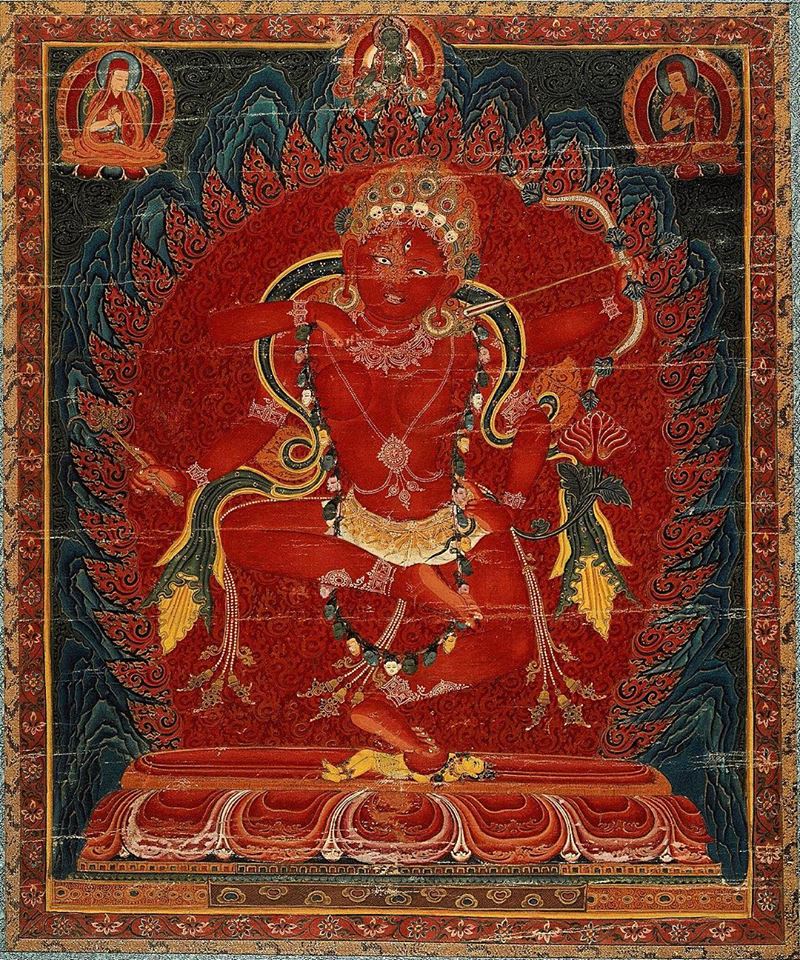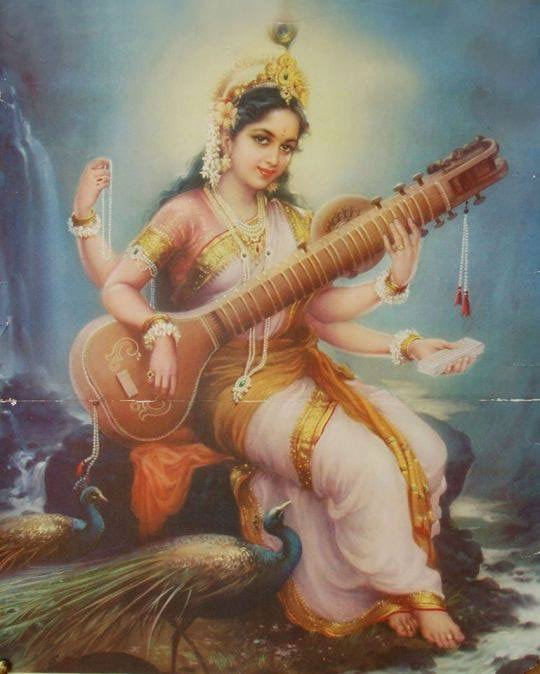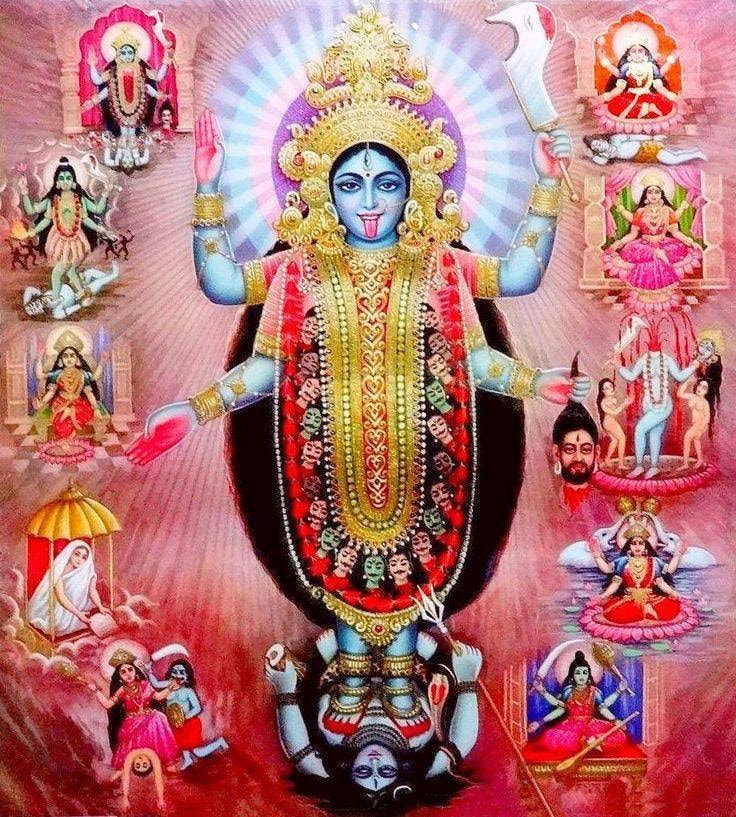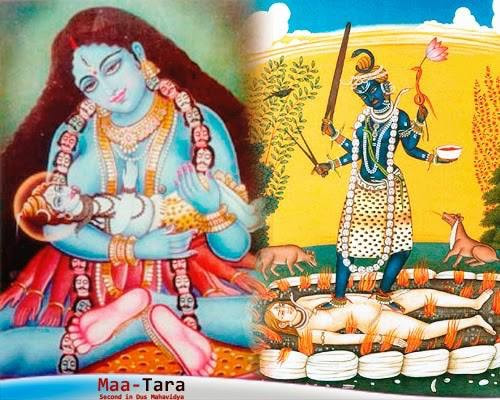
Devi Mahatmyam, Sri Durga Saptasati – Chandi. Opening Sloka: 7:
Sarva Mangala Mangalye, Shive Sarvartha Sadhike, Sharanye Tryambake Gauri Narayani Namostute, Narayani Namostute, Narayani Namostute:
Meaning:
Oh Gauri Maa! Consort of Lord Shiva, You who bestows auspiciousness in all, And fulfill everyone's wishes, I prostrate myself before Thee, I salute you or take me under your care.
In Puranic literature, Goddess Parvathi is worshipped as Shakti. She is described as having many forms, including Durga, Chandi, Kali and Uma. While Siva symbolizes the efficient cause of the creation, Shakti symbolizes the material cause.
Jai Maa Durga
SHAKTI’S THIRD EYE:
Coconuts are a favourite offering to Hindu Gods and Goddesses as it has three ‘eyes’ and symbolises the breaking of ego. Exposing the purity of white copra is just that. The third eye refers to one’s inner vision. It is the gate of the inner realms of higher consciousness. Thus it metaphorically symbolises non-dualistic thinking. In Shiva Tattva it is the eye of higher perception. It is not physically present but everyone ‘has’ a third eye. Jnani’s and enlightened persons realise its presence.
According to the Puranas, the third eye symbolises wisdom and knowledge. Siva’s burning of Kama Deva by his third eye is symbolic of destroying desire and lust. As ‘Tryambaka’ Lord Siva is the ‘the three eyes’ God. There was a previous posting on Tryambakam. While this has vedic origins and mentioned in the Upanishads, the Mahabaratha states ‘ambaka’ denotes ‘the eye’ of Ambika meaning mother’s eye. Goddesses Parvathi, Saraswathi and Lakshmi, the consorts of Brahma, Vishnu and Siva are also collectively called Ambika. In the Baratha story, there is the saguna character of Ambika being the daughter of the King of Kashi. Her swamvara is interrupted by Bhisma who takes Ambika and her sisters Amba and Ambaliks. Om Shakti
Yogi Ananda Saraswathi



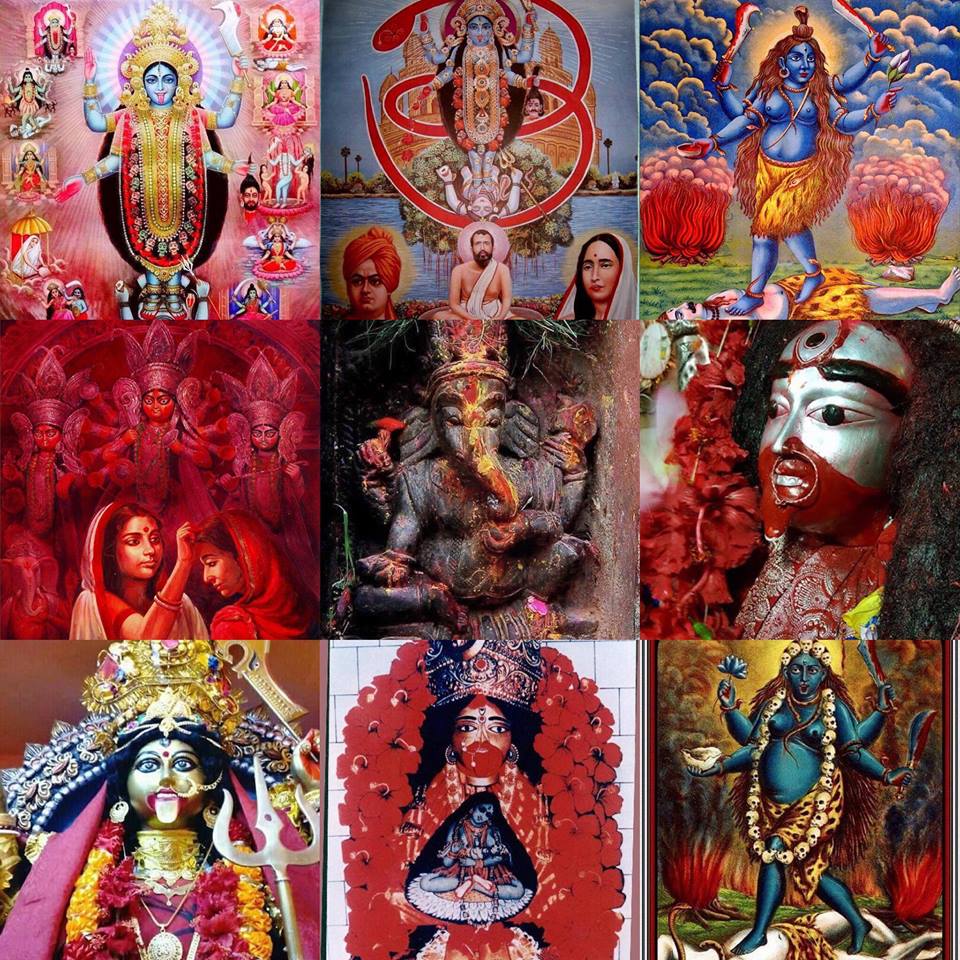
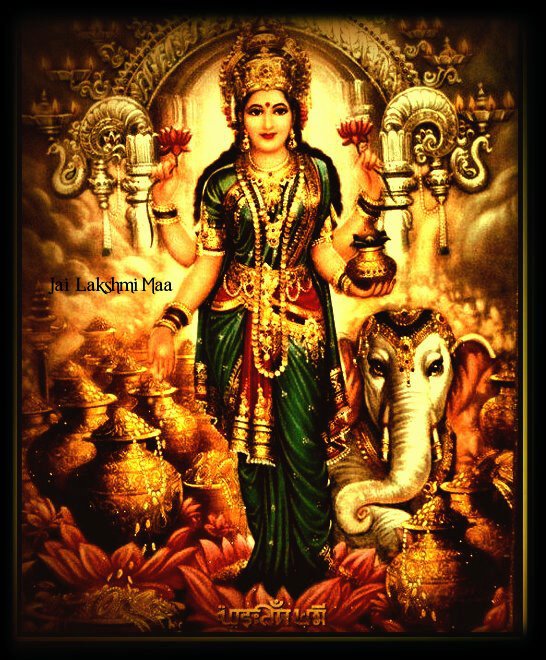

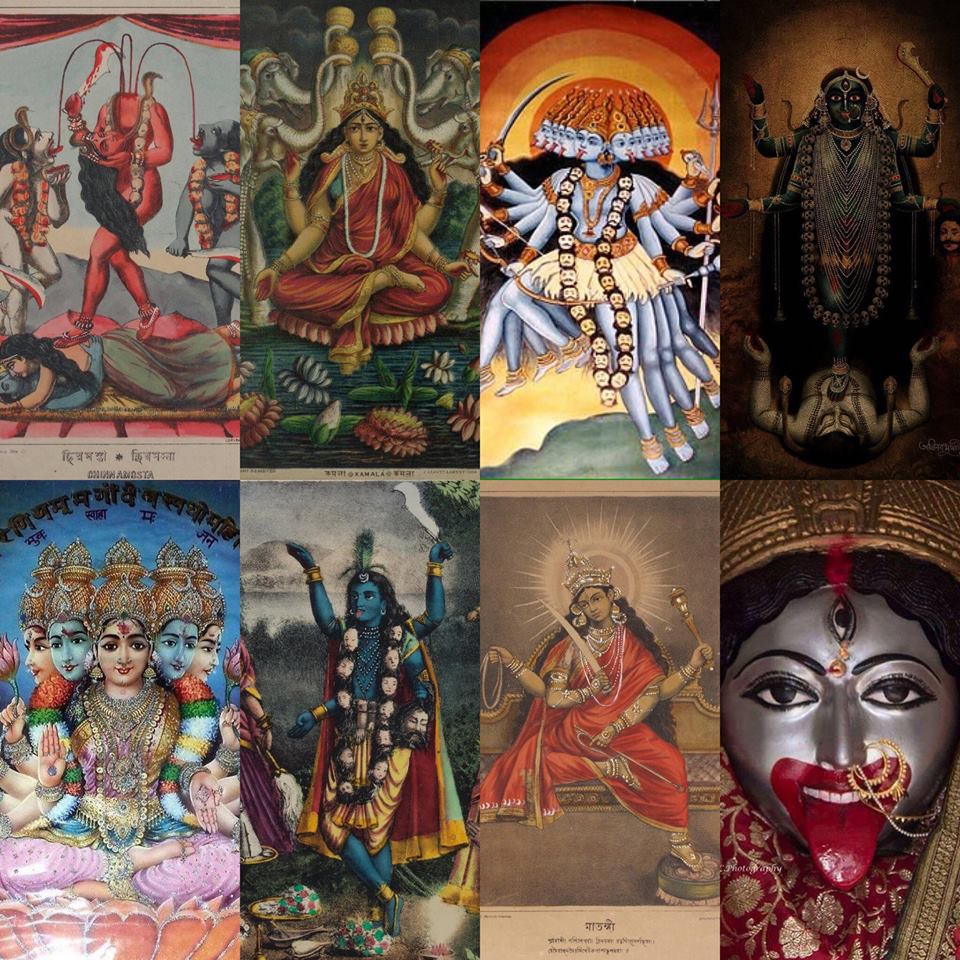
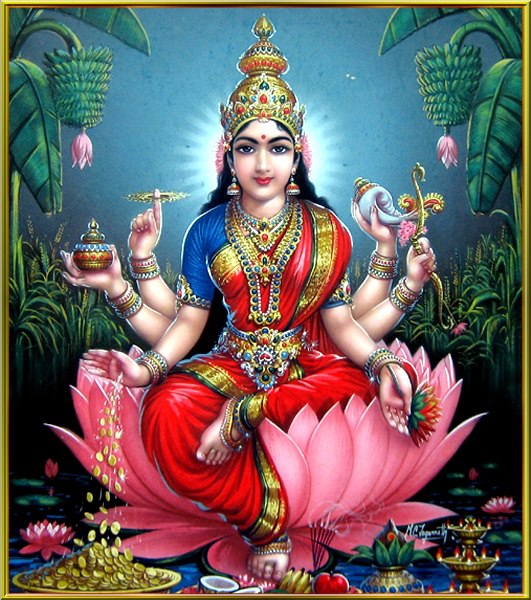



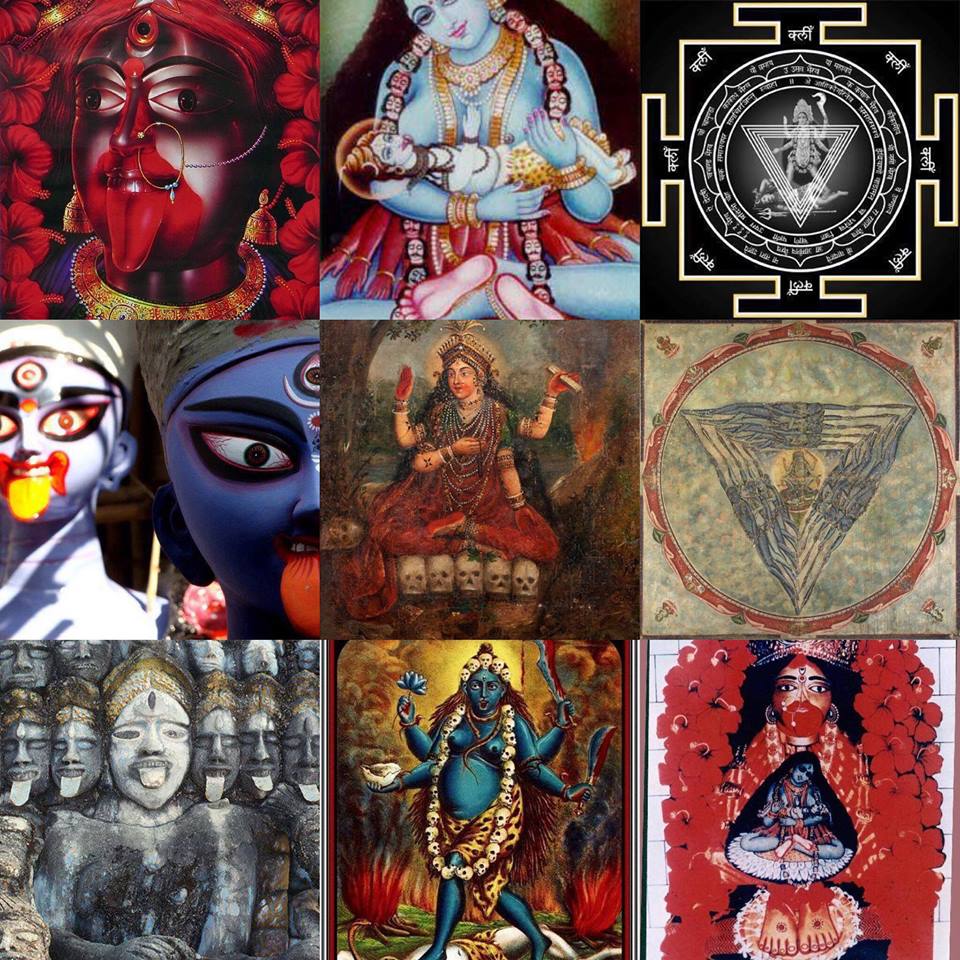


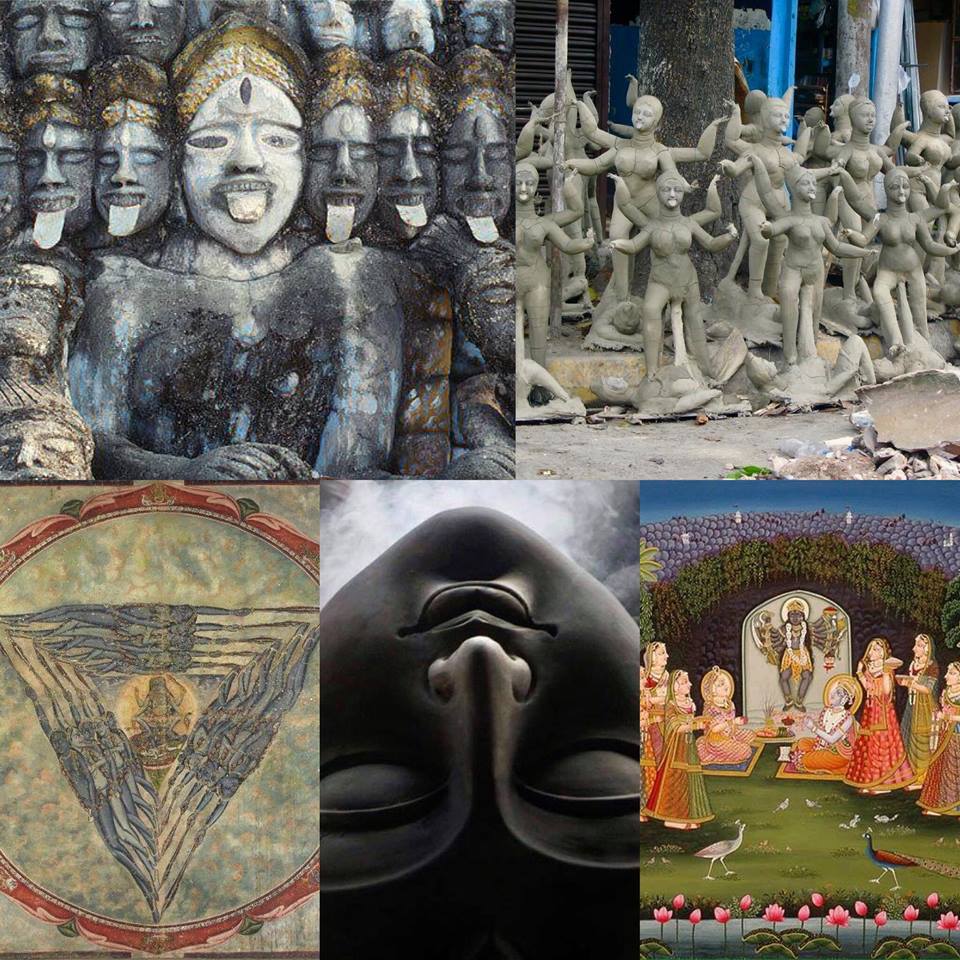







 RSS Feed
RSS Feed























